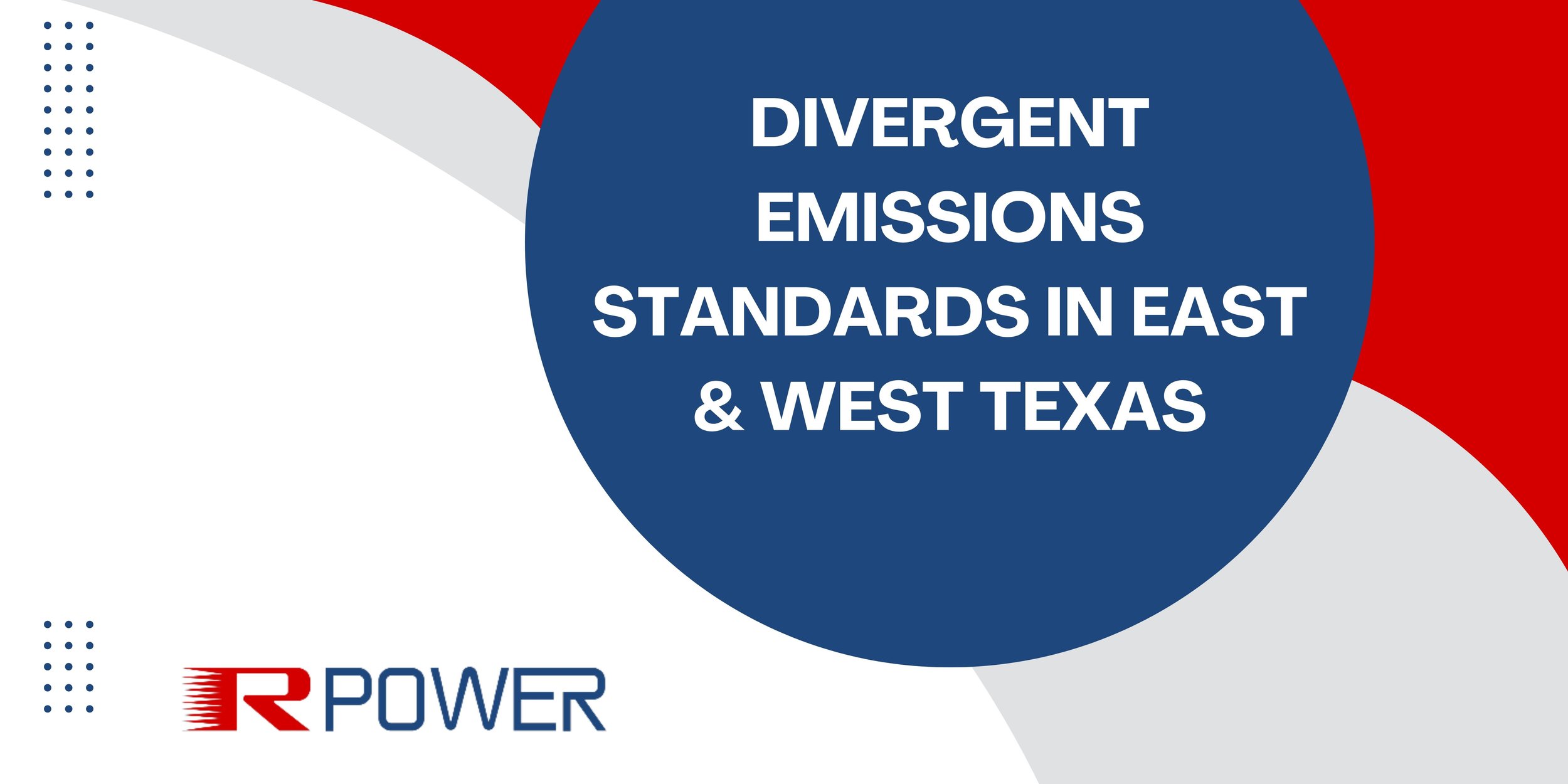Divergent Emissions Standards in East and West Texas
When it comes to emissions standards in the ERCOT market, Texas presents a unique scenario. The territory is divided into two distinct emissions regions by the Texas Commission on Environmental Quality (TCEQ) when applying for a standard permit for electric generating units: East Texas Region and West Texas Region. These regions have divergent emissions requirements, and understanding these distinctions is crucial for anyone operating in the energy sector within the Lone Star State.
East Texas: Ultra-Low NOx Standards
The East Texas region encompasses counties located east of Interstate Highway 35 or Interstate Highway 37, including Bosque, Coryell, Hood, Parker, Somervell, and Wise counties. Here, to obtain a standard permit for electric generating units, generators used for more than 300 hours per year and with a capacity greater than 250 kW must comply with NOx emissions levels less than 0.14 lb/MWh (0.047 g/bhp-hr). This stringent ultra-low NOx requirement necessitates the use of rich-burn natural gas solutions to achieve these levels in the most cost-effective manner.
West Texas: More Lenient Emissions Standards
In contrast, the West Texas region covers the remaining portion of the state not included in the East Texas region. Emissions requirements in this area are considerably less stringent, with NOx limits set at 3.1 lb/MWh (1.05 g/bhp-hr). This level aligns with the federal EPA’s 40 CFR Part 60 Subpart JJJJ non-emergency requirements, allowing either rich-burn or lean-burn natural gas solutions to easily comply.
Navigating the Differences
Understanding these divergent emissions standards is essential for project planners and energy market participants. The choice of technology and the cost implications associated with emissions control measures can significantly impact the feasibility and economics of energy projects in these regions.
In East Texas, where ultra-low NOx standards prevail, rich-burn natural gas solutions are often the most economical choice to meet emissions requirements. In West Texas, where regulations are more lenient, users have greater flexibility in selecting their technology.
Ultimately, project-specific assessments should consider regional emissions standards as a critical factor in technology selection and compliance planning. Consulting local authorities and keeping an eye on evolving regulations is also essential for long-term success in Texas’s diverse emissions landscape.
In conclusion, while Texas is known for its size and diversity, it’s important to recognize that its emissions standards also vary significantly from one region to another. Being aware of these distinctions and tailoring your approach accordingly will help ensure compliance and project success in both East and West Texas.
To read the full technical paper, click here.


